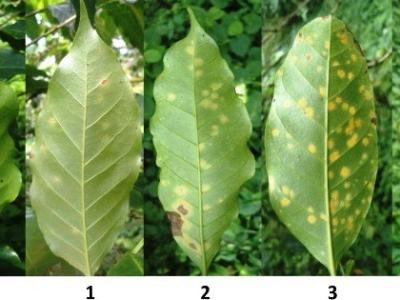Machine Learning

Vehicular networks have various characteristics that can be helpful in their inter-relations identifications. Considering that two vehicles are moving at a certain speed and distance, it is important to know about their communication capability. The vehicles can communicate within their communication range. However, given previous data of a road segment, our dataset can identify the compatibility time between two selected vehicles. The compatibility time is defined as the time two vehicles will be within the communication range of each other.
- Categories:
 831 Views
831 Views
A high-fidelity CarSim model is used to collect the data for almost 50 maneuvers for two different tractors with different trailer attached to them. For instance, 10 Single Lane Change (SLC) maneuvers are considered in CarSim including 5 tests with E-class SUV and 5 tests with a pick-up truck. Moreover, at each test, the trailer payload and geometry, CG location, and track width, have been changed to collect sufficient data.
- Categories:
 1720 Views
1720 Views
The Badminton Activity Recognition (BAR) Dataset was collected for the sport of Badminton for 12 commonly played strokes. Besides the strokes, the objective of the dataset is to capture the associated leg movements.
- Categories:
 2825 Views
2825 Views
IEEE 802.11ac performance dataset contains information regarding normalized throughput achieved under five link configuration parameters and a channel condition measured by SNR. The five link configuration parameters are channel bandwidth, multiple-input multiple output (MIMO) antenna, modulation and coding schemes (MCS), guard interval and frame aggregation. In the dataset, there are seven columns: SNR value, MIMO, channel bandwidth, MCS, guard interval, frame aggregation and normalized throughput.
- Categories:
 1010 Views
1010 ViewsThe dataset contains the signal recording acquired on vehicle (car) drivers (ten experienced drivers and ten learner drivers) on the same 28.7 km route in the Silesian Voivodeship (in Polish województwo śląskie) in southern Poland. Experienced drivers performed the tasks in their own cars whereas the learner drivers performed the tasks under a supervison of a driving instructor in a specially marked cars (with L sign).
- Categories:
 807 Views
807 ViewsThis is the dataset associated with the IEEE-JBHI submission "Synthesizing Electrocardiograms With Atrial Fibrillation Characteristics Using Generative Adversarial Networks". This dataset contains 4,768 synthesized atrial fibrillation (AF)-like ECG signals stored in PhysioNet MAT/HEA format.
- Categories:
 955 Views
955 Views
Intelligent Hybrid model to Enhance Time Series Models for Predicting Network Traffic, the proposed research has used the clustering approach to handle the ambiguity from the entire network data for enhancing the existing time series models.
- Categories:
 2739 Views
2739 Views
This dataset contains multispectral high resolution 1627 image patches of size 10 x 10 pixels with each pixel size of 10mx10m. These patches are generated from the Sentinel-2 (A/B) satellite images acquired during the period of October 2018 to May 2019. It covered one life cycle (12 months) of the sugarcane crop in the region of the Karnataka, India. Many parameters like plantation season, soil type, plantation type, crop variety and irrigation type that affects the growth of the sugarcane crop are considered while generating the samples.
- Categories:
 2138 Views
2138 Views
Deep facial features with identity generated from CelebA dataset using facenet network (128 real-valued features). Dataset contains:
- full dataset
- training dataset
- validation dataset
Link to CelebA dataset: http://mmlab.ie.cuhk.edu.hk/projects/CelebA.html
- Categories:
 362 Views
362 Views

